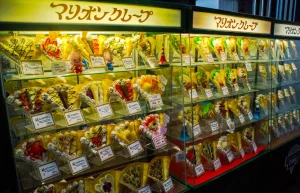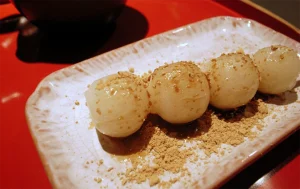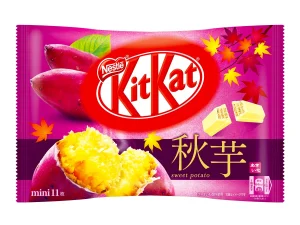Table of Contents
ToggleJapanese New Year Snacks: Discover Traditional Treats and Their Meanings
In Japan, New Year is a time filled with special traditions and delicious snacks. These snacks are not just tasty, they carry symbolic meanings that reflect hopes for the coming year. Let’s take a look at some of the most beloved Japanese New Year snacks enjoyed during this important time.
1. Mochi: A New Year Staple with Deep Meaning
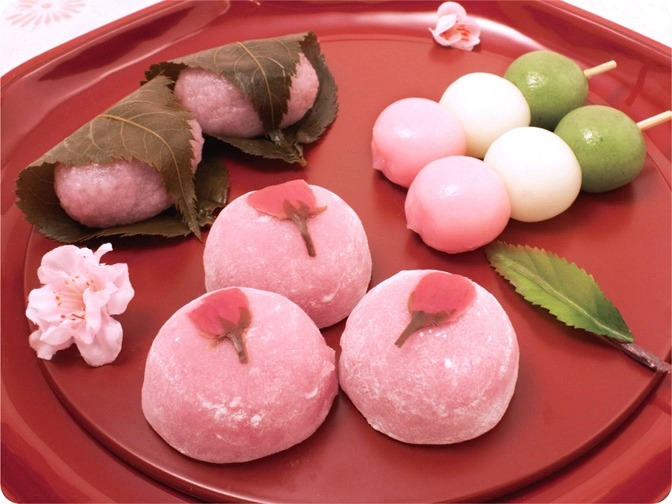
Mochi, or sticky rice cakes, are a popular part of Japanese New Year celebrations. Like many families in Japan, my friends and I had a tradition of making mochi together in college, and it’s always a highlight of our New Year’s preparations. This traditional Japanese New Year snack is associated with health, happiness, and longevity.
Why It’s Special:
- Symbolizes strength and resilience
- Versatile, used in various dishes like Ozoni (savory mochi soup) and Zenzai (sweet red bean and mochi dessert soup)
- Represents wishes for a happy and healthy year
2. Ozoni: A Hearty Soup to Start the Year
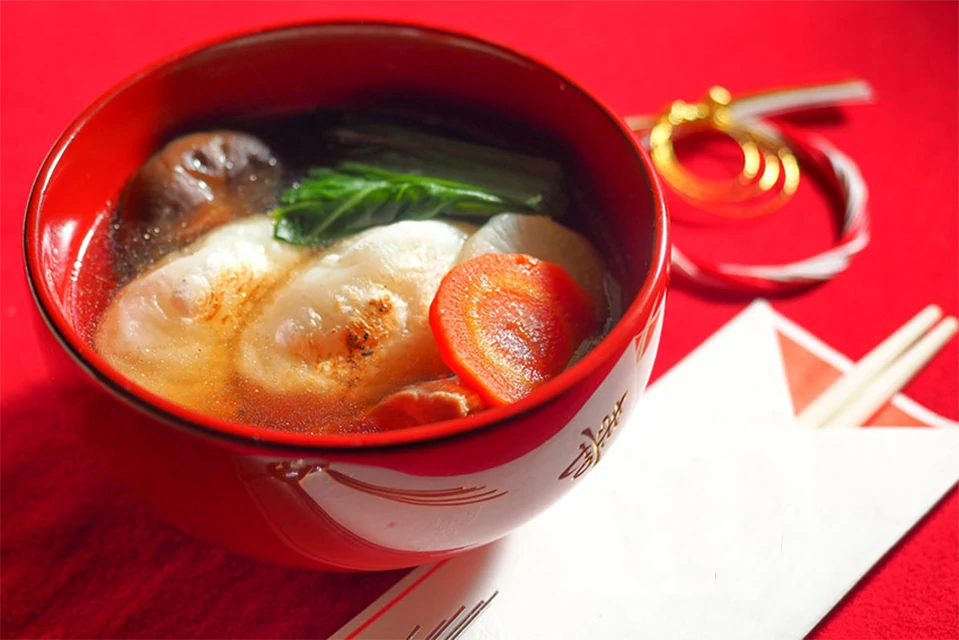
Ozoni is a traditional soup that features mochi as a key ingredient. Every region in Japan has its own variation, but the base of clear or miso broth, combined with vegetables and sometimes seafood, is a staple. In Japan, many families start New Year’s Day with a bowl of Ozoni, making it a comforting and essential Japanese New Year snack for the season.
Why It’s Special:
- Represents unity and prosperity
- A hearty, warm dish perfect for winter
- Customizable with regional variations
3. Kurikinton: A Sweet Symbol of Wealth

Kurikinton, made from sweetened chestnuts and mashed sweet potatoes, is not only delicious but also symbolizes wealth and prosperity. I remember a sweet Japanese grandmother in Kawaguchi making this dish every year, always insisting that its golden color would bring good fortune. This sweet Japanese New Year snack is a must-have for anyone looking to attract abundance in the new year.
Why It’s Special:
- Symbolizes wealth and good fortune
- Sweet and rich in flavor
- Traditional part of the New Year’s feast
4. Tazukuri: Anchovy Snacks for a Bountiful Harvest
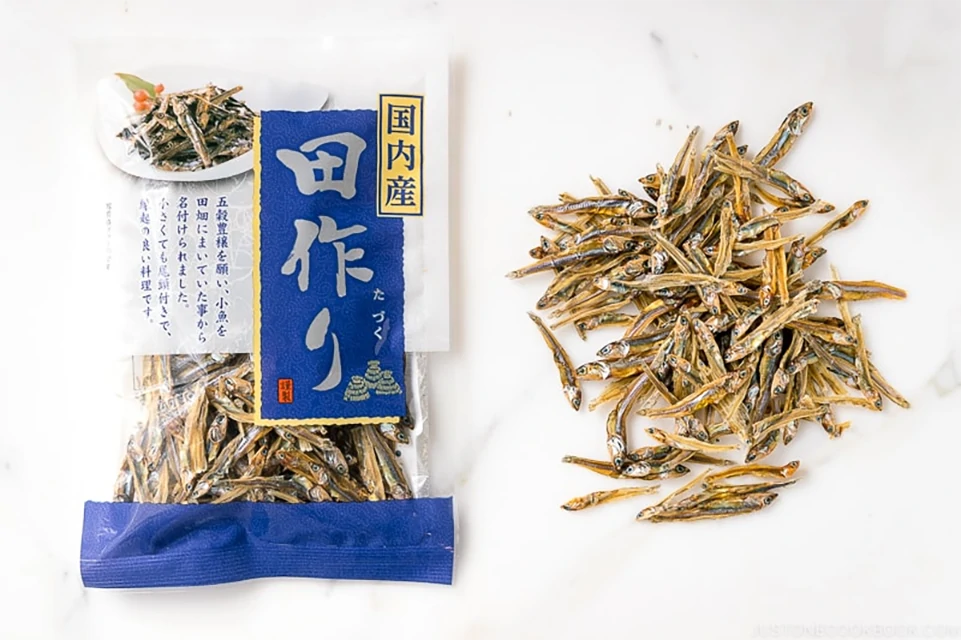
Tazukuri, or dried anchovies cooked in soy sauce, is a traditional snack symbolizing a bountiful harvest. If you love fishy flavors, this is a fantastic choice! This savory Japanese New Year snack is crunchy and salty, making it a unique addition to the New Year’s spread.
Why It’s Special:
- Savory and crunchy
- Part of the traditional Osechi Ryori (New Year’s cuisine)
5. Kazunoko: A Snack for Fertility and Prosperity
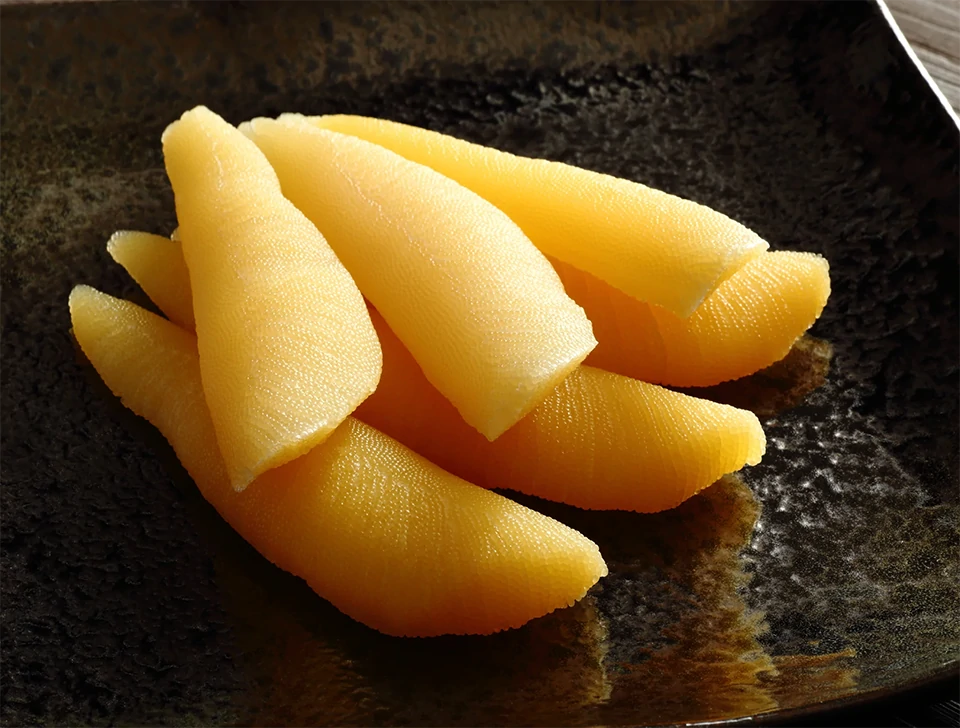
Kazunoko, or herring roe, is another essential component of Osechi Ryori. The numerous tiny eggs symbolize fertility and prosperity. I always enjoyed the unique texture of Kazunoko, and it’s a snack that brings a sense of continuity and growth into the New Year.
Why It’s Special:
- Symbolizes fertility and prosperity
- Unique texture and taste
- Integral part of New Year’s celebrations
6. Kohaku Namasu: A Colorful, Symbolic Salad
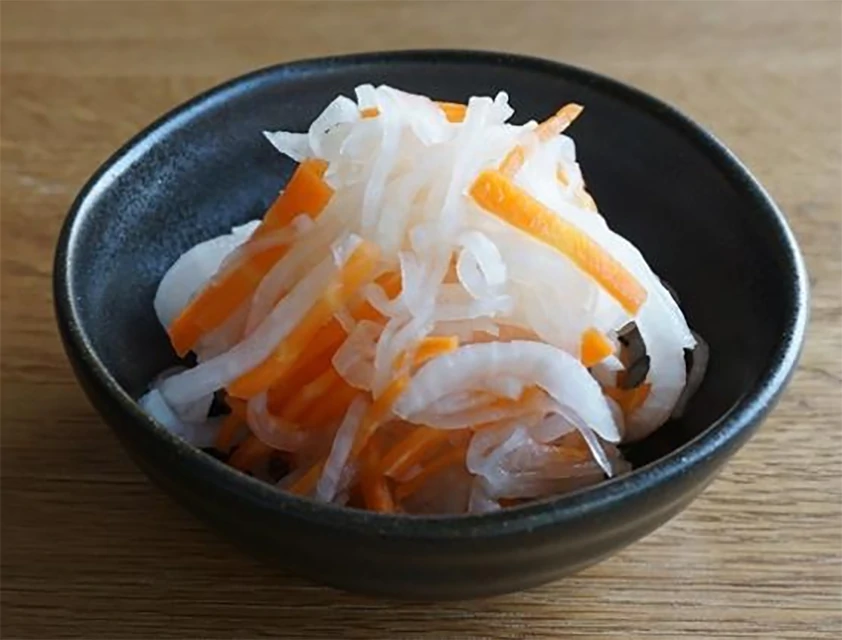
Kohaku Namasu, made of daikon radish and carrots pickled in vinegar, adds a refreshing touch to the New Year’s feast. The red and white colors are considered auspicious in Japan, symbolizing joy and celebration. This simple yet flavorful Japanese New Year snack is always a bright spot on our family table.
Why It’s Special:
- Symbolizes joy and celebration
- Refreshing and tangy
- A colorful addition to any meal
7. Datemaki: Sweet Rolled Omelette
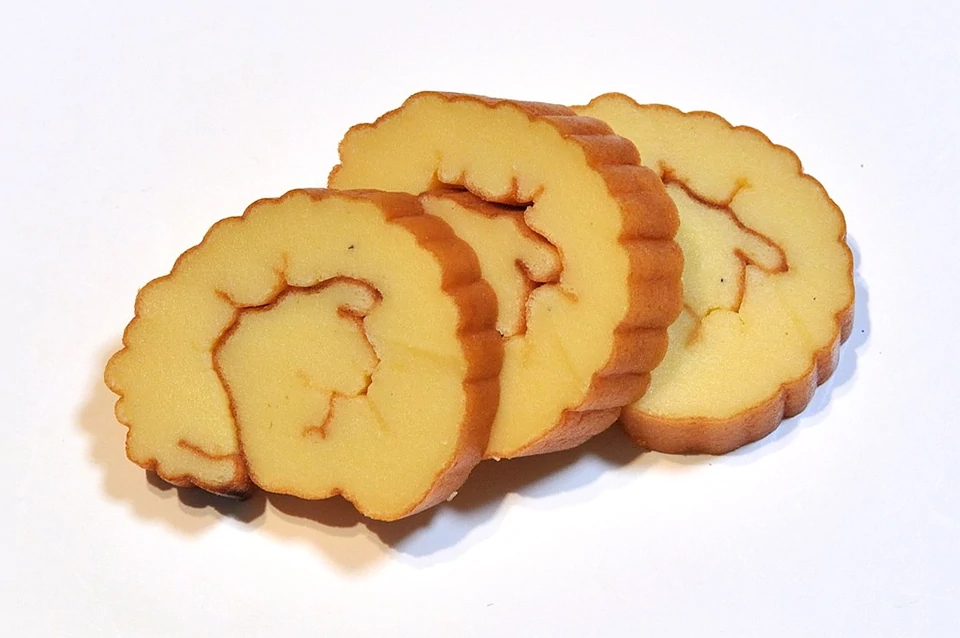
Datemaki is a sweet rolled omelet that often includes fish paste, giving it a unique flavor. I have fond memories of helping my friends prepare this dish during study sessions. Making this omelet involves carefully rolling the omelet to get the perfect spiral. This Japanese New Year snack represents learning and culture, making it a thoughtful addition to New Year’s traditions.
Why It’s Special:
- Symbolizes learning, cultural growth, and being fashionable
- Sweet and savory
- Beautifully presented and delicious
Honorable Mentions: Osechi and Toshikoshi Soba

While not “snacks,” per se, it feels wrong to talk about New Year foods without mentioning the most popular foods eaten at the start and end of the year. On New Year’s Eve, you eat Toshikoshi Soba (soba noodles to cross over into the new year) to symbolize letting go of the past year and hoping for a long life. The next day you eat Osechi or Osechi-Ryori, which is a large bento box filled with many different foods, each symbolizing a different wish or aspect of life to celebrate.
Embracing Japanese New Year Snacks
Japanese New Year snacks are more than just delicious treats, they are rich in symbolism and history. These snacks bring families together and provide a way to reflect on the past year while looking forward to the future. From the chewy goodness of mochi to the savory crunch of Tazukuri, these Japanese New Year snacks are a celebration of culture, history, and the hopes for a prosperous new year.
Embrace these traditional Japanese New Year snacks and let them add flavor and meaning to your New Year celebrations. Whether you’re sharing them with family or enjoying them on your own, these snacks are a delightful way to honor Japanese culture and start the year on a sweet and savory note. You can try your own delicious selection of Japanese New Year Snacks with our Joybox Japanese Subscription Box! Try it out for yourself!




